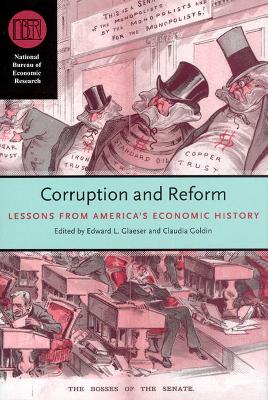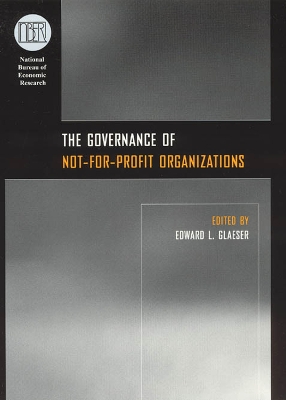National Bureau of Economic Research Conference Report
3 total works
Strategic Factors in Nineteenth Century American Economic History
by Claudia Dale Goldin and Hugh Rockoff
Published 15 April 1992
Offering new research on strategic factors in the development of the nineteenth century American economy--labor, capital, and political structure--the contributors to this volume employ a methodology innovated by Robert W. Fogel, one of the leading pioneers of the "new economic history." Fogel's work is distinguished by the application of economic theory and large-scale quantitative evidence to long-standing historical questions. These sixteen essays reveal, by example, the continuing vitality of Fogel's approach. The authors use an astonishing variety of data, including genealogies, the U.S. federal population census manuscripts, manumission and probate records, firm accounts, farmers' account books, and slave narratives, to address collectively market integration and its impact on the lives of Americans. The evolution of markets in agricultural and manufacturing labor is considered first; that concerning capital and credit follows. The demography of free and slave populations is the subject of the third section, and the final group of papers examines the extra-market institutions of governments and unions.
Despite recent corporate scandals, the United States is among the world's least corrupt nations. But in the nineteenth century, the degree of fraud and corruption in America approached that of today's most corrupt developing nations as municipal governments and robber barons alike found new ways to steal from taxpayers and swindle investors. In "Corruption and Reform", contributors explore this shadowy period of United States history in search of better methods to fight corruption world-wide today. The contributors to this volume address the measurement and consequences of fraud and corruption and the forces that ultimately led to their decline within the United States.
Not-for-profit organizations play a critical role in the American economy, but little attention is paid to the pressures and challenges that affect their governance. We know such firms don't try to maximize profits, but what do they maximize? "The Governance of Not-for-Profit Organizations" tackles that question headon, assembling experts on the not-for-profit sector to examine the diverse and wide-ranging concerns of universities, art museums, health care providers - and even the medieval church. Contributors look at a number of different aspects of not-for-profit operations, from the problems of fundraising, endowments, and governance to specific issues like hospital advertising. The picture that emerges is complex and surprising - one in which some institutions function as efficiently as for-profit firms, while others appear to be maximizing the interests of their elite workers, rather than those of their donors, customers, or society at large.


